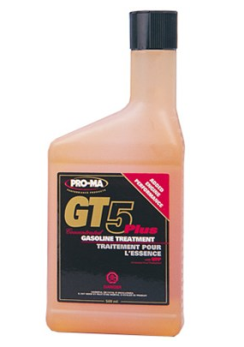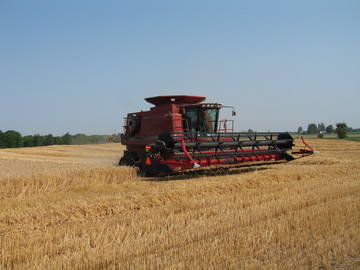|
Fuel & Condensation, and how to avoid the damage that can occurHow does water get into your Fuel? #1 Condensation. Petroleum products, including gas, diesel and oil only need to change temperature 7C until there is moisture created. This can cause many different fuel system problems, such as poor operation, uneven idle, premature injector wear, and many other small issues. When the fuel in your vehicle cools down at night, and then warms up in the daytime, there can be condensation forming on the top of the tank. The theory is that if you fill your truck or equipment tanks at the end of each day, then there will not be condensation forming in the tank. This may not get you the results that you hope for. If your truck is running all day, and then you fill up with colder fuel, as it enters the tank, it will cool the other fuel down, and with the change in temperature can create moisture. Plus, if you're running in cooler temperatures, the fuel return line is always putting warmer fuel back into the tank, keeping the unused fuel in the tank warmer than the surrounding temperature, also creating an environment for moisture to form. #2 You might be buying water. The fuel companies may not like this subject, but it seems they are allowed to sell fuel with up to 3% water in it, before they have to do anything about it. So what might seem like good gas or diesel may have water in it already. What to do about water in your fuel? Good question - Click the blue link belowclick here for details on how to eliminate moisture from your fuel system.
This is one of the pieces of equipment on our farm that enjoys the benefits of a good quality fuel additive, as well as other high quality lubricants.
Fuel and water seem to have a natural affinity for each other. Click here to find out how to get rid of water in your fuel |
Earn Up To $10K Per Month Using A Proven Method Called 'The Waterwheel System'
Vacation For Up To 90% Off Expedia's Best Prices
Feature Product
Gas Treatment

30 Gratitude Challenge!
Find Out How By Clicking Here!
FastTrack Your Business
Get Your Own Domain
Revolver Map
 You don't want big machinery like this having downtime because of poor fuel quality.
You don't want big machinery like this having downtime because of poor fuel quality.



